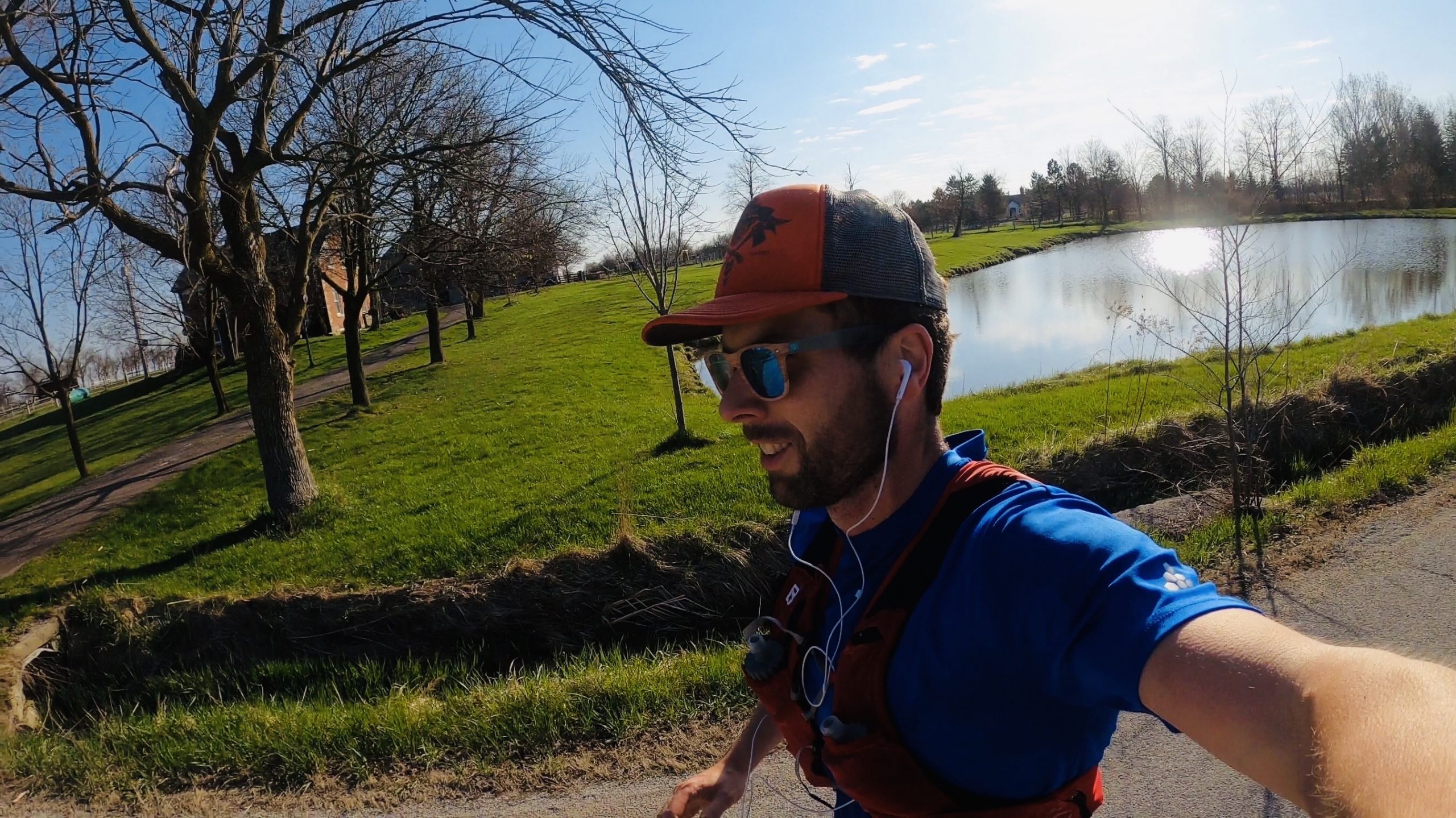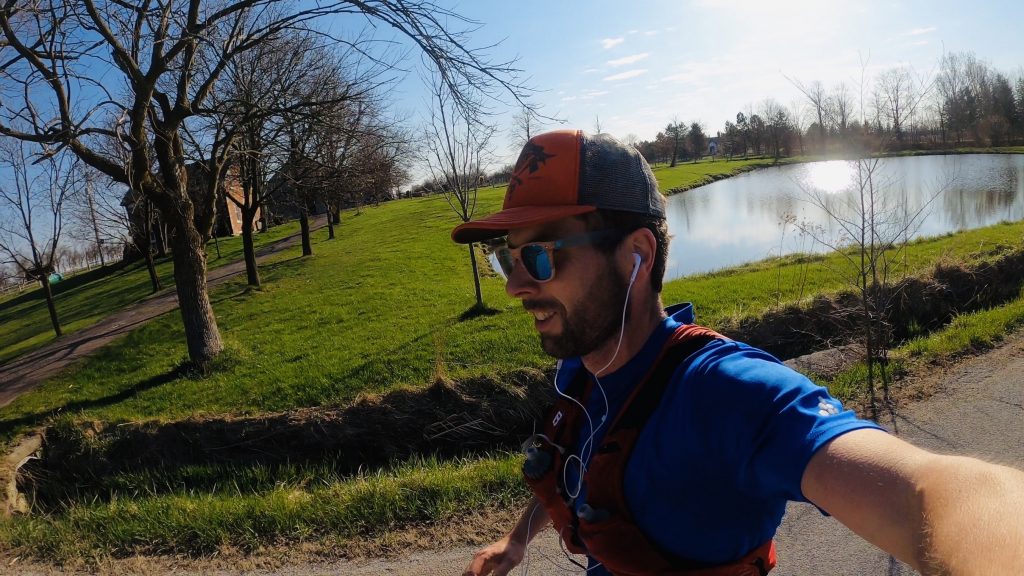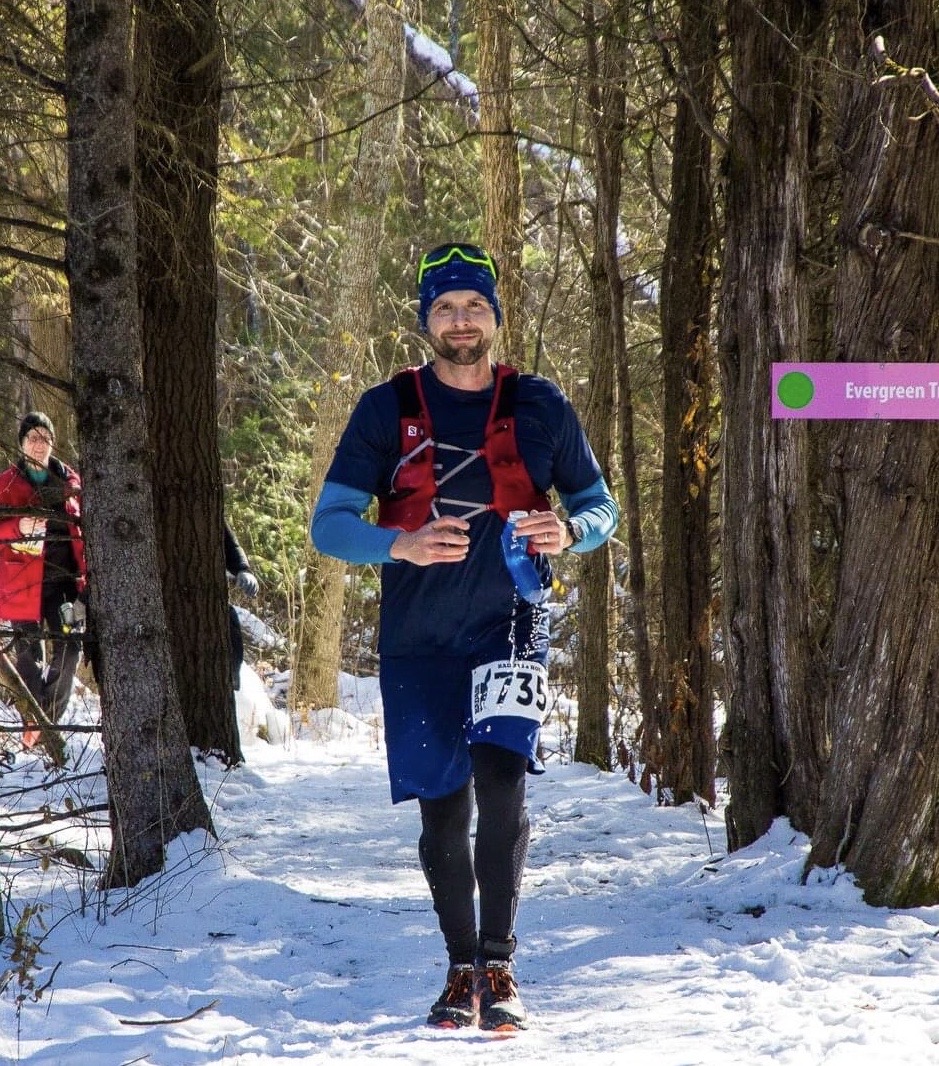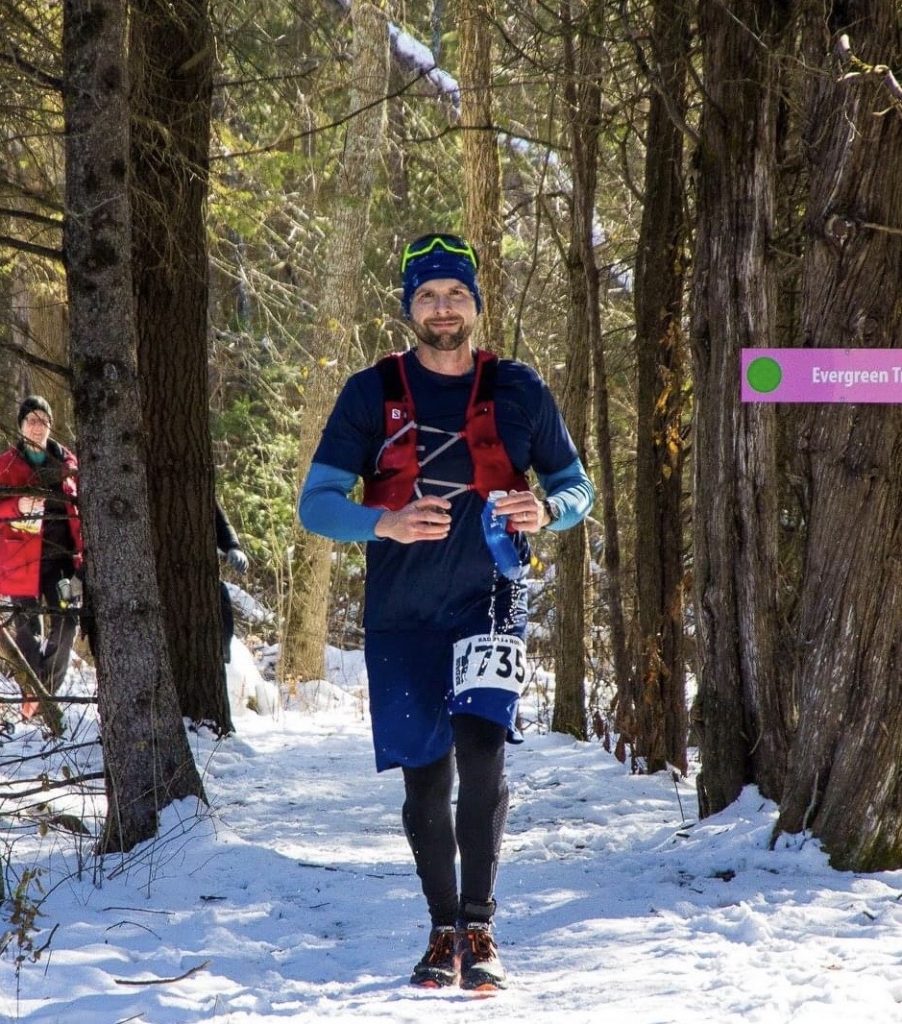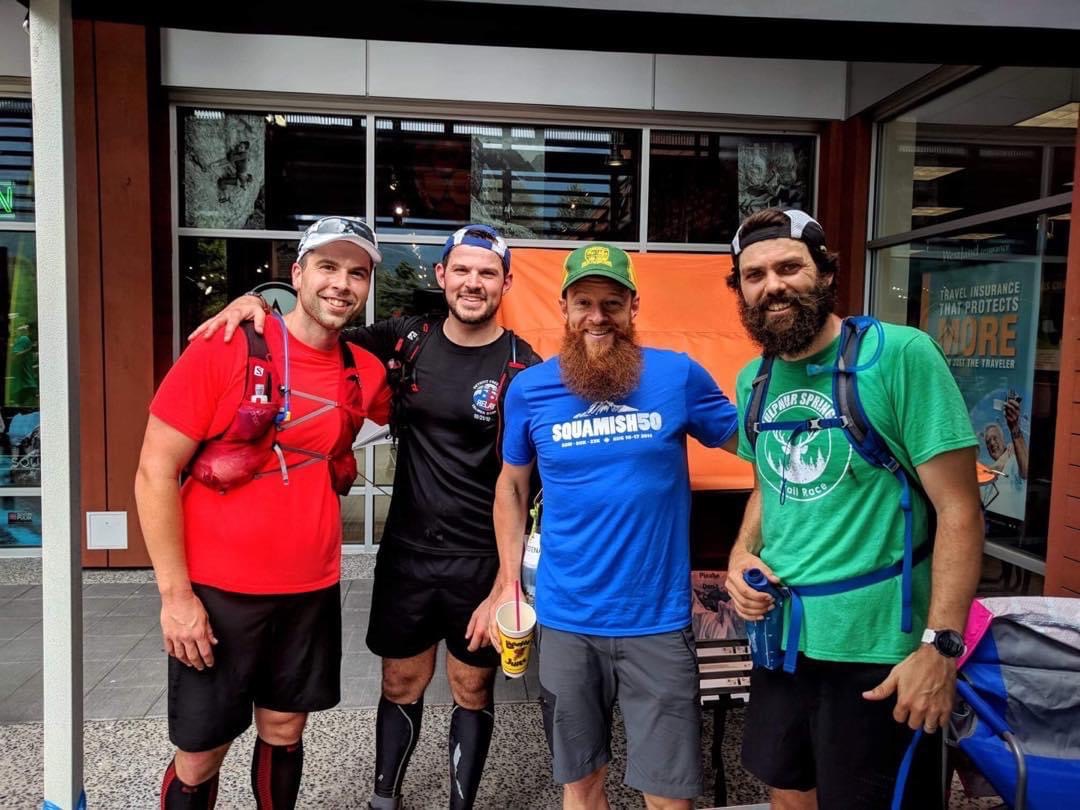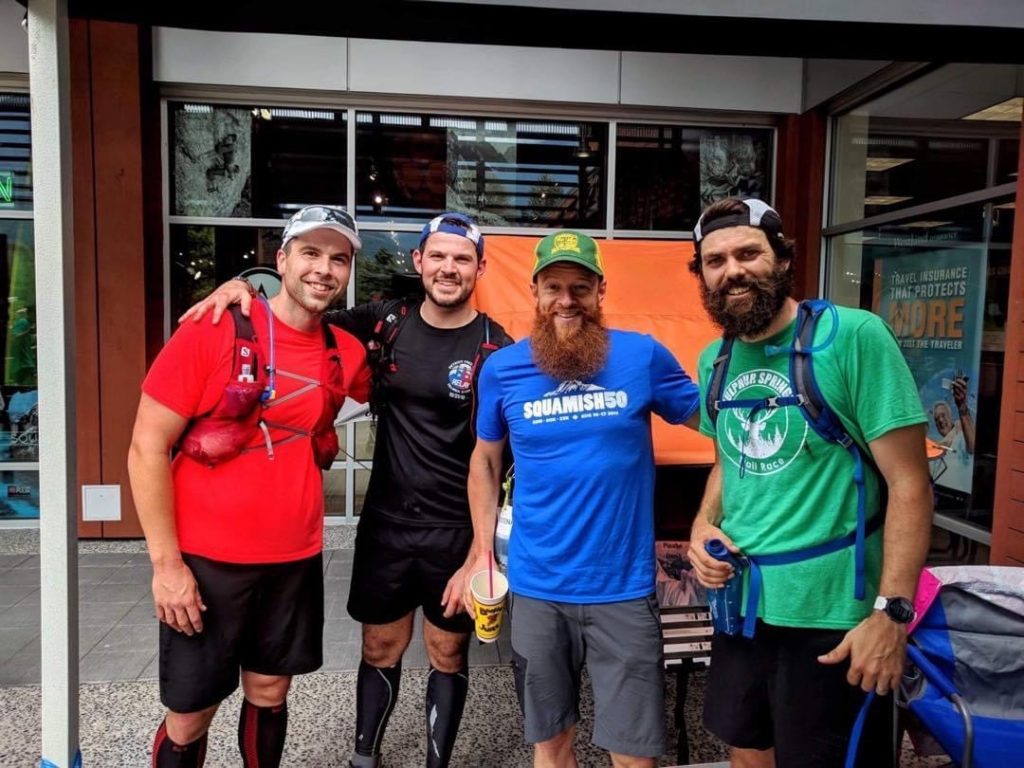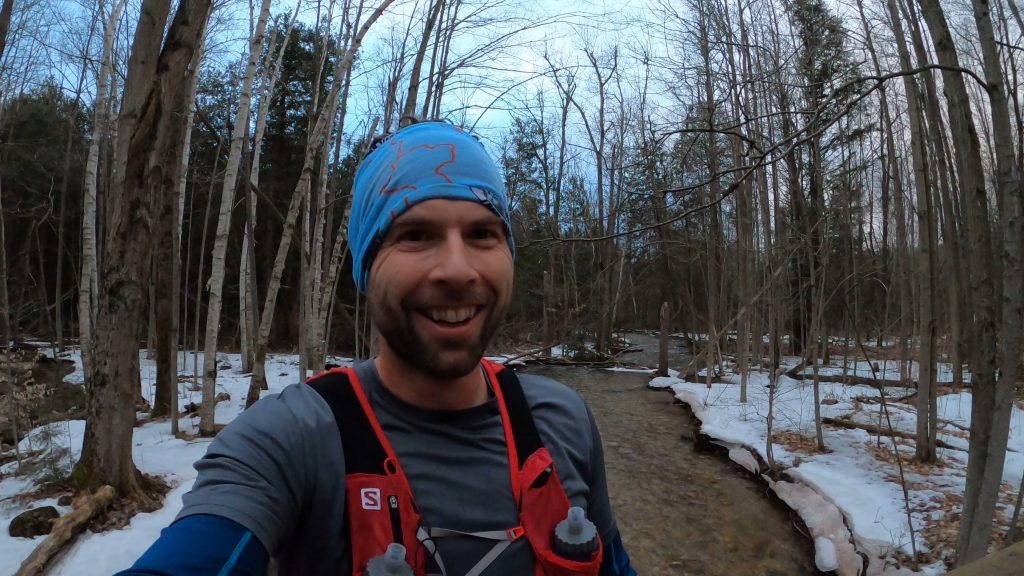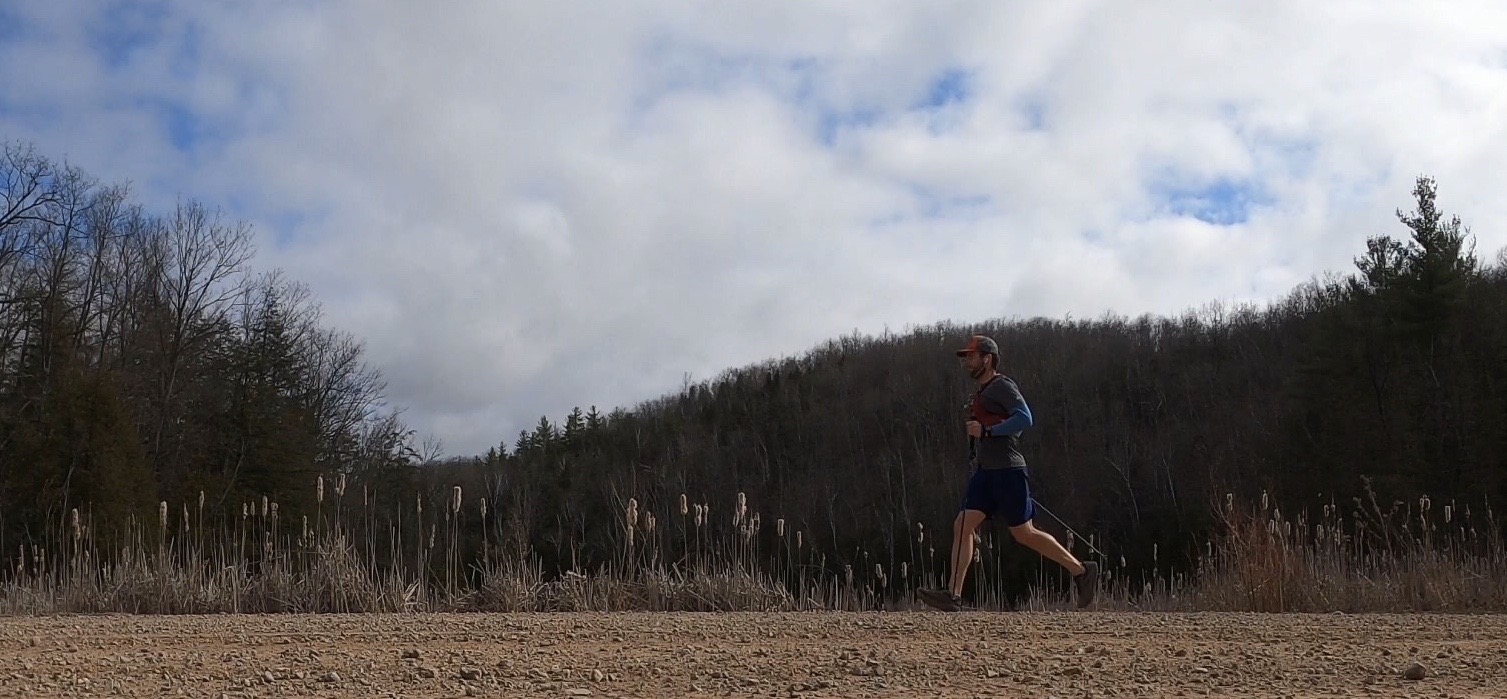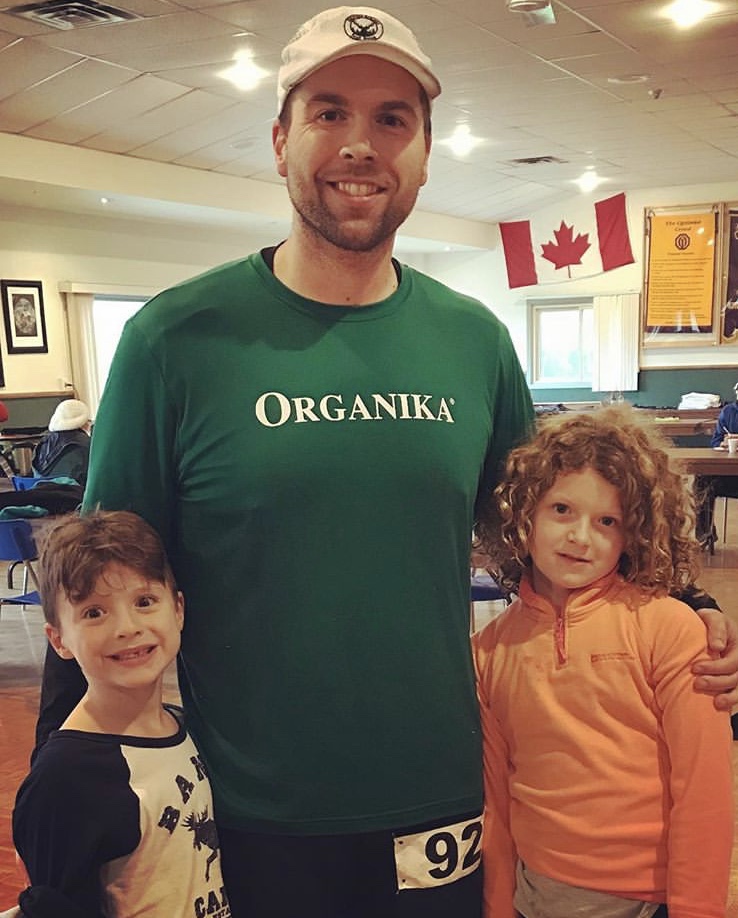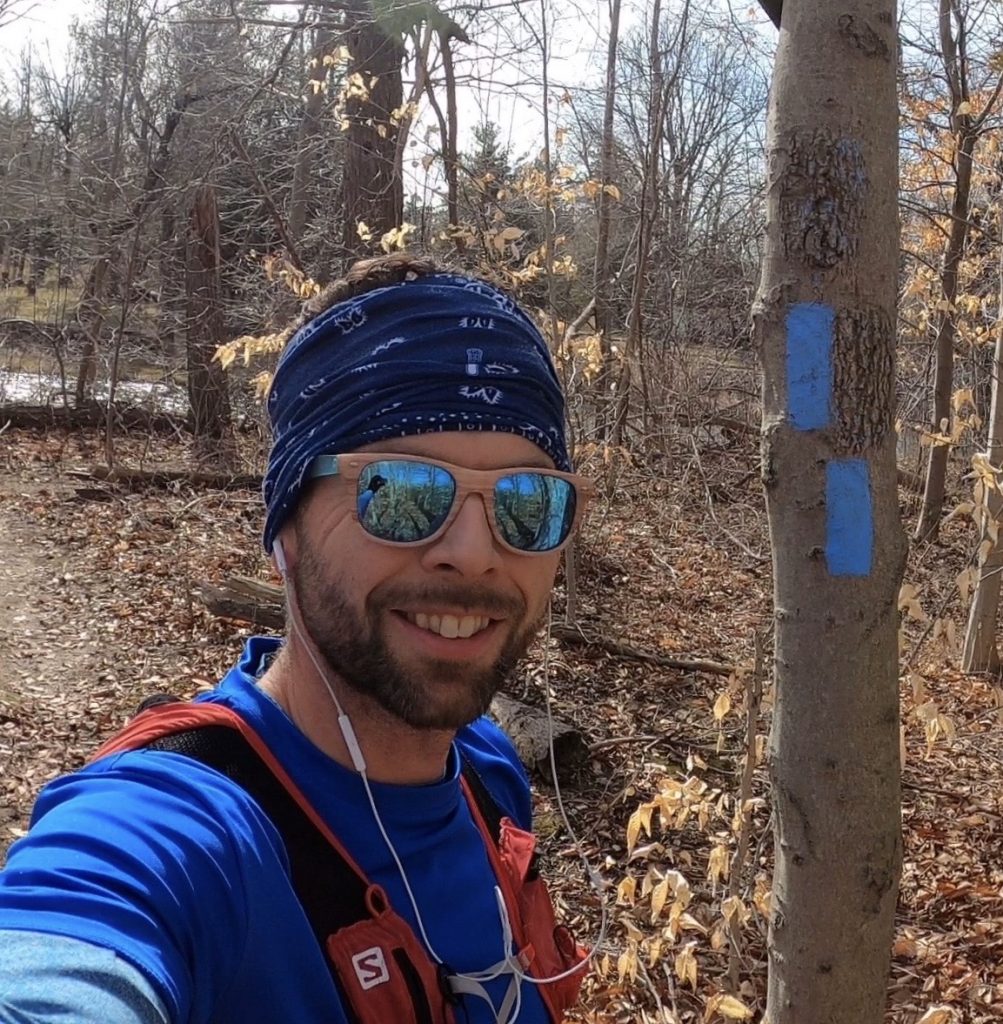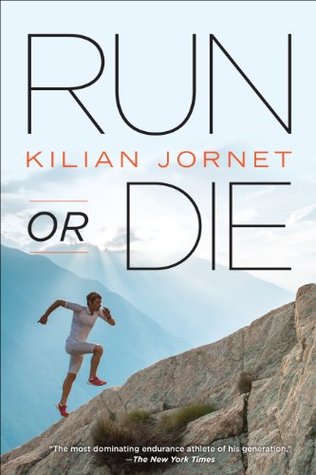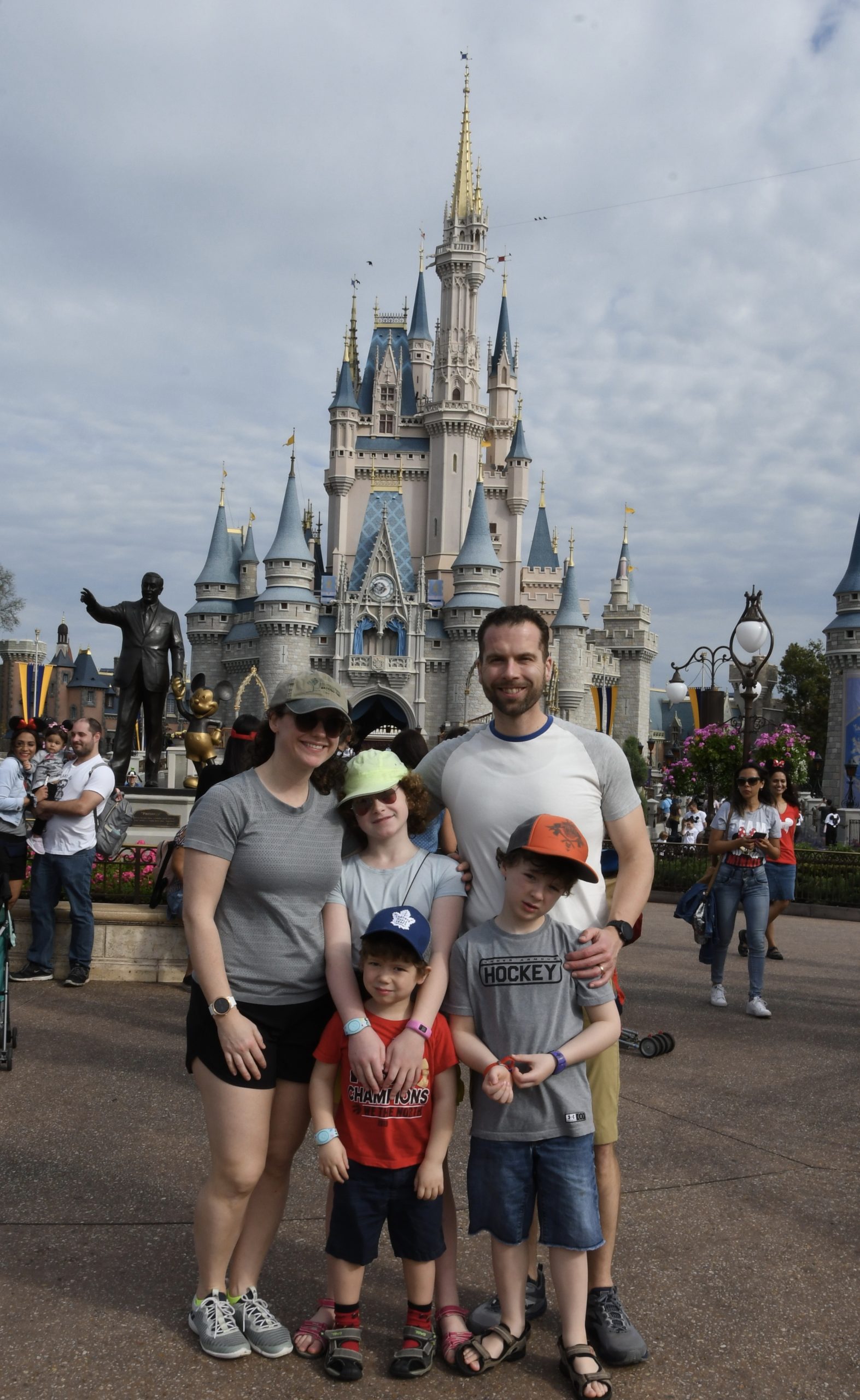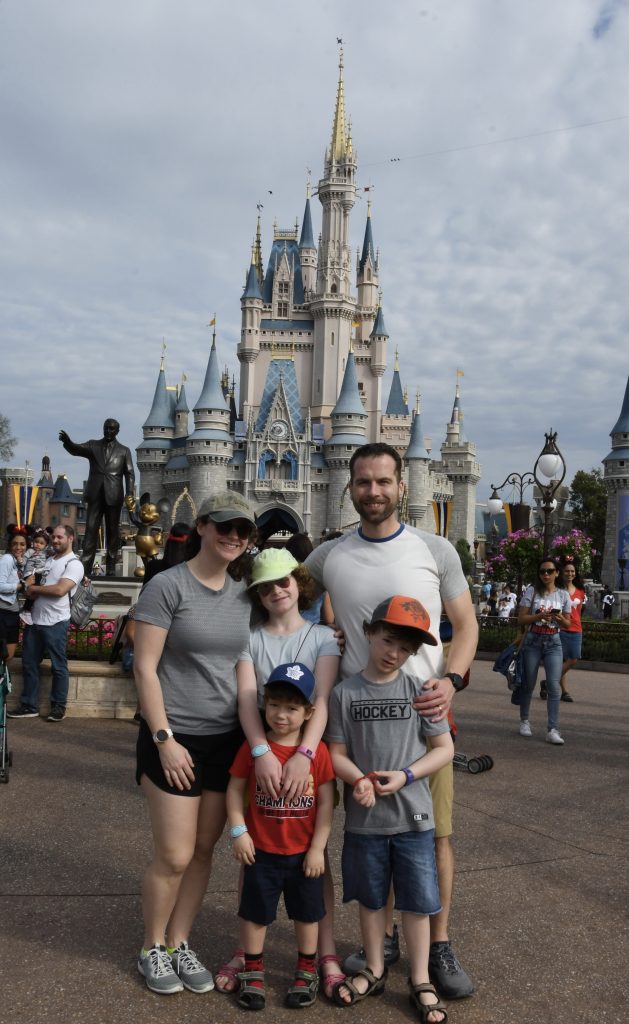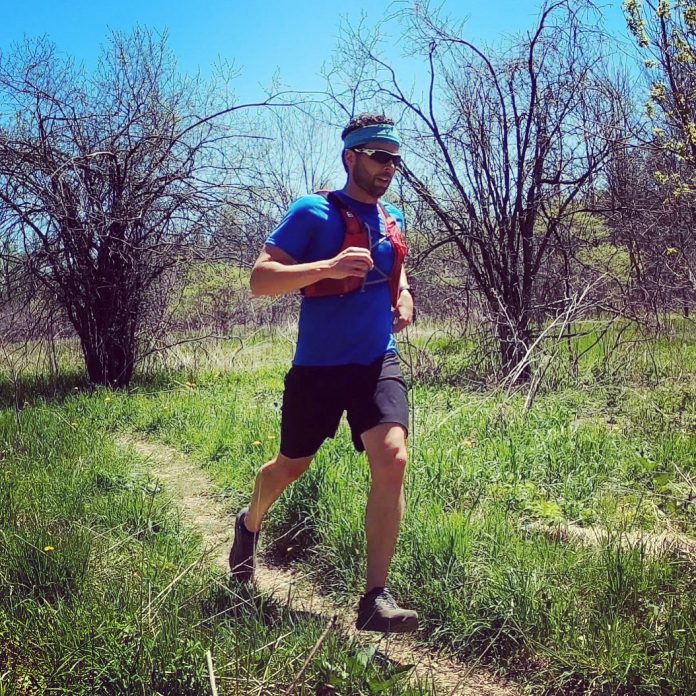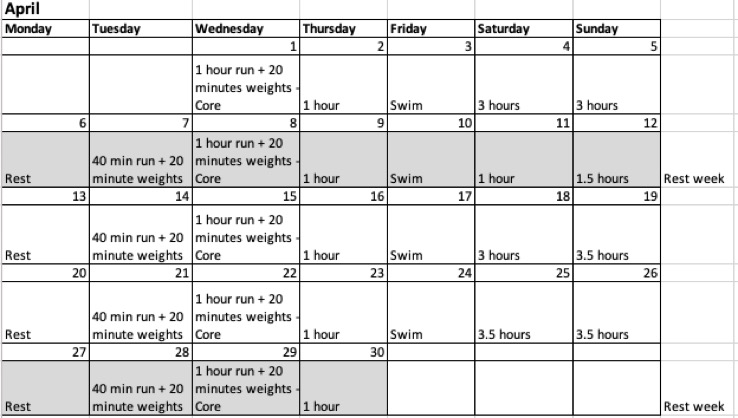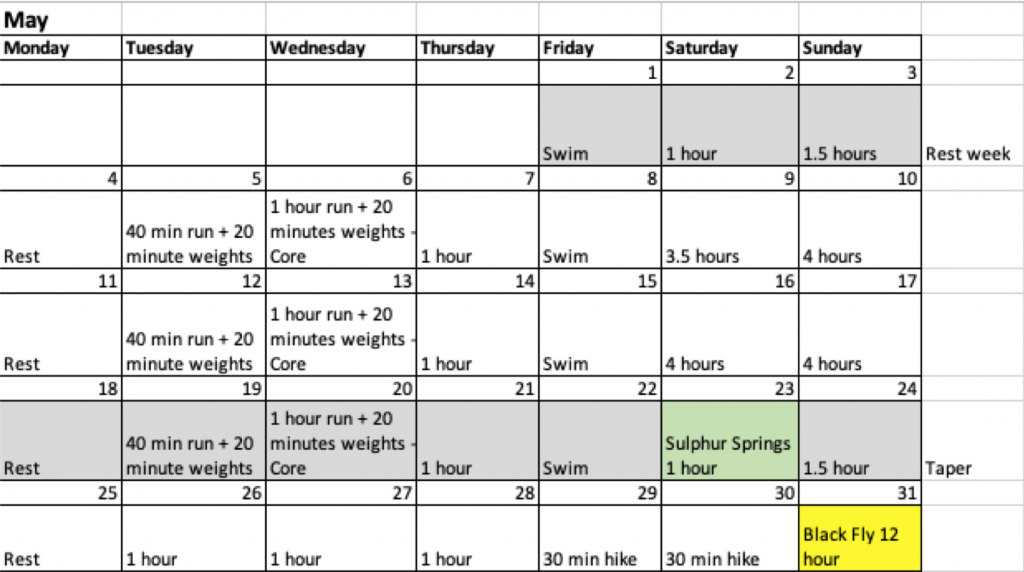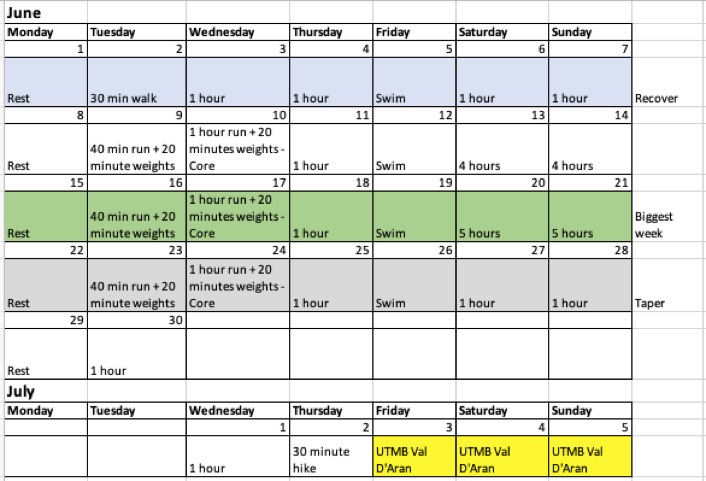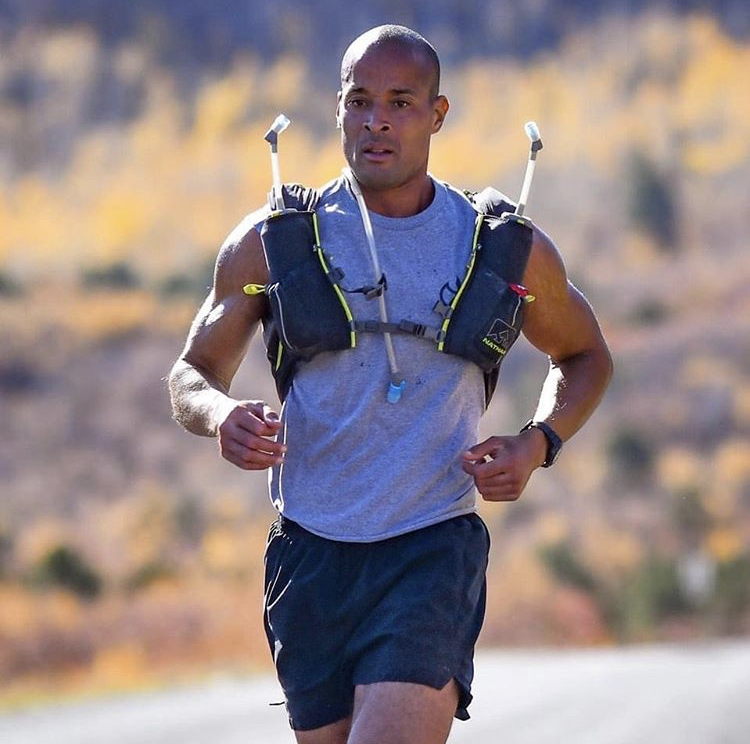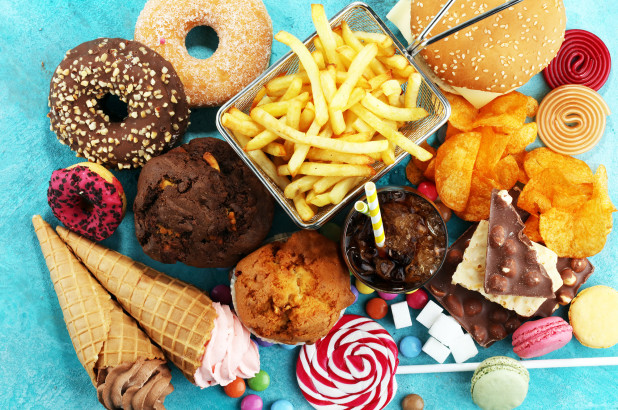As a runner who is active on social media, it’s easy to see that virtual races are exploding in popularity. I’ve been hesitant to sign up for a virtual race – I didn’t know if a virtual race could capture that same sense of community as a traditional race. I decided to sign up for a virtual race when I read Trail Running magazine’s article on the Great Virtual Race Across Tennessee. Lazarus Lake (of Barkley Marathons) is directing, and the race has an amazing 10,000+ participants as of May 1st – making it the most subscribed ultra running race in the world. The fact that 10,000+ runners registered got rid of any hesitancy that I had. I didn’t want to miss the chance to participate in an event with so many other like minded people.
The virtual race officially started on May 1st but you can still sign up. The rules are that you can only log kilometres from the day that you registered. This is bad news for me because I signed up today, May 3rd and I logged 32kms yesterday. I’m not too concerned though – there’s a lot of time to catch up. The race is 1,000 virtual kilometres which span from the southwestern tip to the northwestern tip of Tennessee. 1,000kms is a big distance but you have until July 31st to complete it. All registrants get a T-shirt and finishers get a medal – pretty cool opportunity to get some race swag from a Lazarus Lake event. Laz and his team will have a map to show your progress across Tennessee and will share interesting facts, pictures and stories about the areas you pass.
I did my first run of the race today and I’m keen to post my virtual kilometres. I’ll be sure to share my progress along with any highlights from the whole experience. It appears that there is something to virtual races after all – I have that same excited feeling that I get when I sign up for a traditional race.

